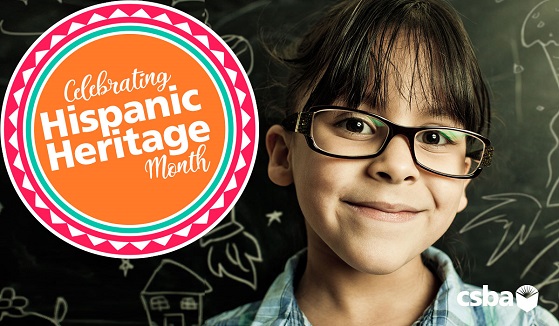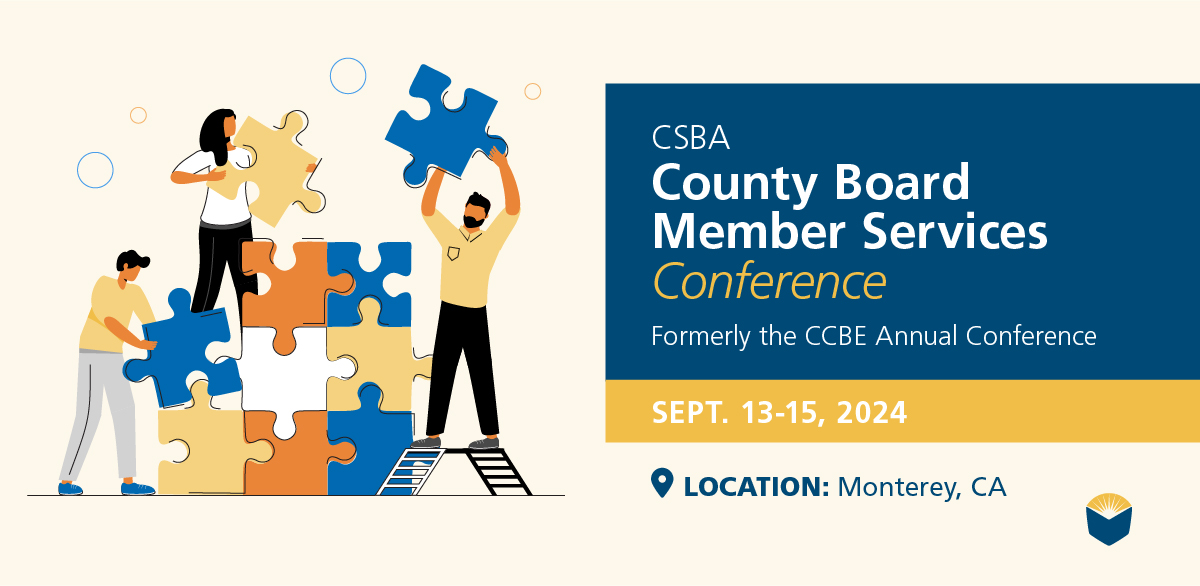National Hispanic Heritage Month presents an opportunity for local educational agencies to evaluate how they engage Hispanic and Latino families and, as a result, boost student achievement.
“In our schools, we must celebrate that families, too, have the power to spread the joy of learning. And, like their children, they bring a unique repertoire of assets to the school community,” said Alesha Moreno-Ramirez, director of the California Department of Education’s Multilingual Support Division. “Placing value on family participation in full view of their children enhances the socioemotional health and academic achievement of the child. When children are proud of their parents, they are proud of their heritage and culture. When they are proud of their heritage and culture, they are confident, healthy and engaged learners.”
There is no shortage of ways to build relationships with these families, she explained. Schools and districts can tap into the cultural, linguistic and experiential expertise of families and groups within the local community. Educators can invite families to share their traditions, cultural practices, art, language, unique skills and knowledge about places near and far. Additionally, thematic family projects can build connections between home and classroom, while bilingual program models and initiatives including Sobrato Early Academic Language (commonly known as SEAL) and the Santa Clara County Office of Education’s My Name, My Identity initiative can demonstrate that LEAs see families’ home language as an asset to students, rather than a hinderance.
In Oxnard School District, parents are empowered through Project 2 Inspire, a parent leadership development program offered by the California Association for Bilingual Education designed to help parents acquire the tools and resources to enrich communication with the district/school and advocate for their students’ academic success.
This fall, the district will be launching a Mixteco Parent and Community Committee after a large number of families indicated through a survey their desire to participate in monthly meetings. Mixtecs are part of group of indigenous migrants from the Mexican states of Oaxaca, Guerrero and Michoacán that can face unique challenges including language barriers, as they often only speak their native pre-Hispanic indigenous languages, according to the Mixteco Indígena Community Organizing Project. They also have deep-rooted and unique cultural practices and beliefs that often create barriers and isolate them from other Latino populations.
Mixteco parents in Oxnard SD provided feedback about the topics that they would like to learn more about, said Assistant Superintendent Dr. Anabolena DeGenna. She said the district will use this opportunity to learn more about their culture, the challenges they’ve overcome and what support is needed from school and district staff.
“Our district is committed to building capacity, empowerment and advocacy by providing parents and families different opportunities to get involved and participate in the different district advisory groups,” DeGenna said. “It is important for us to re-enforce that as a district, OSD values the Mixteco community and welcomes students and parents as partners in education. We have Mixteco interpreters to ensure families have clear and transparent communication so that students have authentic engagement opportunities in a comprehensive educational program.”
LEAs can find more information about the importance of strong family partnerships as part of asset-oriented perspectives in Principle One of California’s English Learner Roadmap policy, which discusses the importance of strong family partnership as part of assets-oriented perspectives, and includes a guidance document with “terrific resources and illustrative examples to inspire practice,” Moreno-Ramirez said.
That said, there is no better place to begin engaging families authentically than by asking them how they envision themselves as partners with their children’s school. Families of varied backgrounds engage more deeply when they see their input is valued and, ultimately, acted upon to improve their children’s school experiences, Moreno-Ramirez said. This, in turn, benefits the whole student.
“When these students enter schools and classrooms where their heritage, culture and linguistic assets are embraced and elevated … [they] feel a welcome part of their school community, promoting a sense of ownership and belonging, which is central to socioemotional health,” she said. “When students feel secure, they are better poised to attain their full potential. Consequently, when their children are happy, healthy and growing in positive ways in school, families want to share in those achievements, promoting new levels of engagement in their children’s education and strengthening family partnerships. These home-school partnerships further flourish when families are assured that their heritage, culture, language and experience are a valued part of the education system.”





